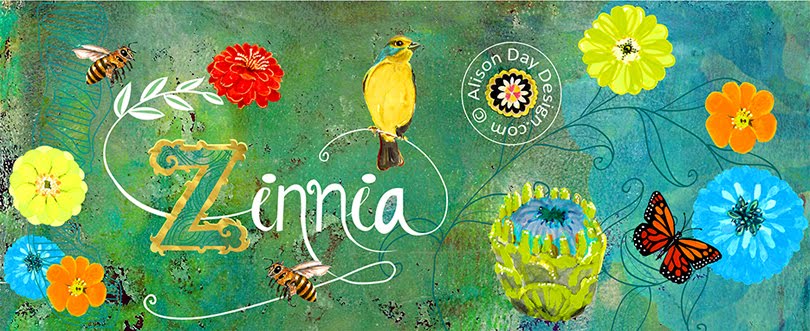This year, as you casually bite off the ears (or
other extremity) of a chocolate bunny, have you ever asked yourself as to why a
rabbit (or hare) is part of the Easter celebrations?
If you want to go down the most obvious path the
Easter bunny has its origin in pre-Christian fertility lore. The Hare and the
Rabbit were the most fertile animals known and served as symbols of the new
life during the Spring season.
The German settlers, who arrived in the Pennsylvania
Dutch country during the 1700s, were the ones who introduced the Easter bunny
to American folklore. The arrival of the ‘Oschter Haws’ was
considered ‘childhood's greatest pleasure’, (after Santa Claus of course). The
children believed that if they were good the ‘Oschter Haws’, would
lay a nest of coloured eggs and built their ‘nest’, using a cap/bonnet, which
has led to the later tradition of the more elaborate Easter basket. In those
days Easter bunnies were made of pastry and sugar and not of chocolate.
But according to some, Easter is not really a solar
festival but rather one of the moon, the measurer of our days. Many eastern
artists have depicted the moon with rabbits racing across its face. In one such
story, Buddha places Rabbit in the moon as payment for a favour, in which Rabbit
voluntarily gave himself as food for one of Buddha's hungry friends. An
honorary position, for the full moon is seen as the destroyer of darkness or
‘sign of new life and messenger of immortality’ (Hillard).
A
more important connection can be found exclusively within the hare, which
unlike the rabbit is born with his eyes open. The Egyptians called the hare Un, which
meant ‘open, to open, the opener’. Un also meant period. Thus
the rabbit became a symbol for periodicity in both the lunar and human sense of
the word. The hare as ‘opener’ symbolized the New Year at Easter, fertility and
the beginning of new life within the young.
Happy Easter!
Happy Easter!
View all issues of Connections HERE (editor, designer, illustrator: 2006-2013)











